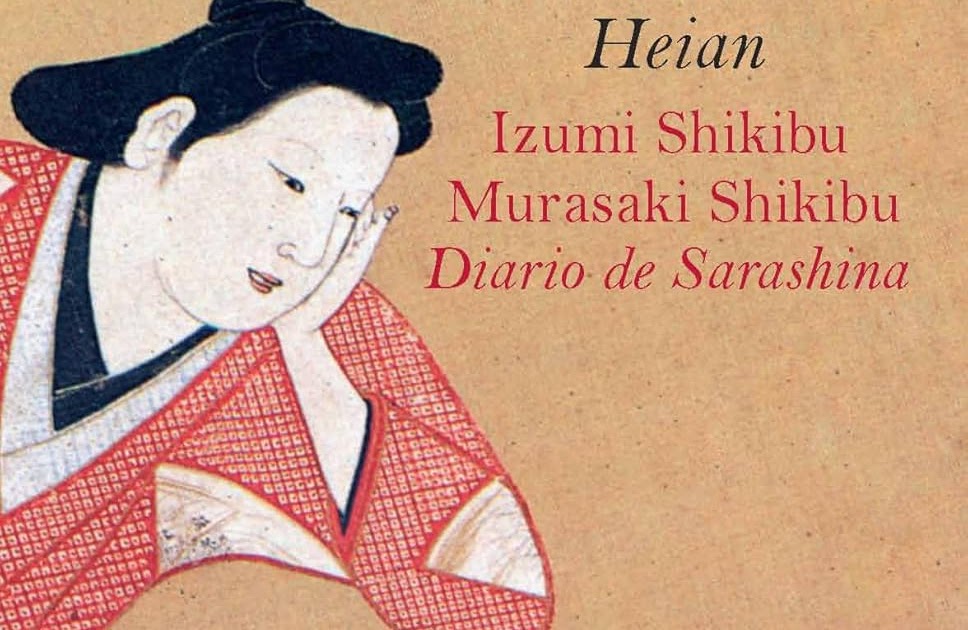
Idioma original: Japanese (Heian era)
Original title: The diary of Izumi Shikibu; The diary of Murasaki Shikibu; The diary of Sarashina
Translation: Xavier Rosa Ferrer
Year of publication: 1008; 1010; 1059
Valuation: recommended for those interested
This edition brings together three women who have in common having written works considered today as classics of Japanese literature, known for their depth and richness in the description of life at the imperial court during the Heian period (794-1185).
Diary of Izumi Shikibu: Izumi Shikibu was a famous poetess and courtesan. Her diary is a semi-autobiographical work that chronicles her love affair with Prince Atsumichi. The work is filled with waka poetry (the forte of this type of work), and blends prose with poetry to reflect her emotions and experiences at court. She is known for her lyrical style and the emotional introspection it offers.
Diary of Murasaki ShikibuMurasaki Shikibu is the author of The Tale of Genji (Genji Monogatari), which you can find reviewed on our blog. Her diary offers an intimate view of her life at the court of Empress Shōshi, describing both ceremonial aspects and rivalries and everyday life at court, very much in the style of Genji Monogatari. It is a valuable testimony of life at court and offers a unique perspective on the life of a woman of her time.
Diary of Dama Sarashina: This diary was written by an anonymous woman, but known by convention as Lady Sarashina. It is the most personal of the three, chronicling her life from youth to maturity, and her constant desire to read stories and romances (including, of course, the Genji Monogatari). The diary is known for its melancholic tone and its reflection on the transience of life, a common theme in Japanese literature of the time.
The three diaries, though distinct in style and approach, share several elements that link them as literary expressions of the Heian period. First, they are all written by noblewomen who used writing as a means to explore and express their emotions in an environment where introspection and poetic sensibility were highly valued. These diaries combine prose with waka poetry, unifying narrative with lyrical reflection. Furthermore, all three diaries offer a personal and nuanced view of aristocratic life, with a particular focus on the transience of existence and human relationships.
Despite similarities in setting and style, the diaries feature notable differences that reflect each author’s unique personalities and approaches, making them worth reading together. Izumi Shikibu’s Diary is distinguished by its passionate nature and focus on an intense, emotionally charged love story. In contrast, Murasaki Shikibu’s Diary is more observational and descriptive, focusing on life at the imperial court and offering a broader view of the rituals, intrigues, and social dynamics of its setting. On the other hand, Lady Sarashina’s Diary has a more contemplative tone and is less focused on social events. In this way, the three diaries complement each other very well to offer us an idea of life and tribulations at the Heian court, mainly those that worried women, who, despite living in this supposed paradise, were subordinate, firstly, to the men of the family, and secondly, to the social structure of a past that today might seem incomprehensible to us.
Other works by Murasaki Shikibu reviewed in ULAD: Genji Monogatari
Source: https://unlibroaldia.blogspot.com/2024/08/izumi-shikibu-murasaki-shikibu-dama.html


